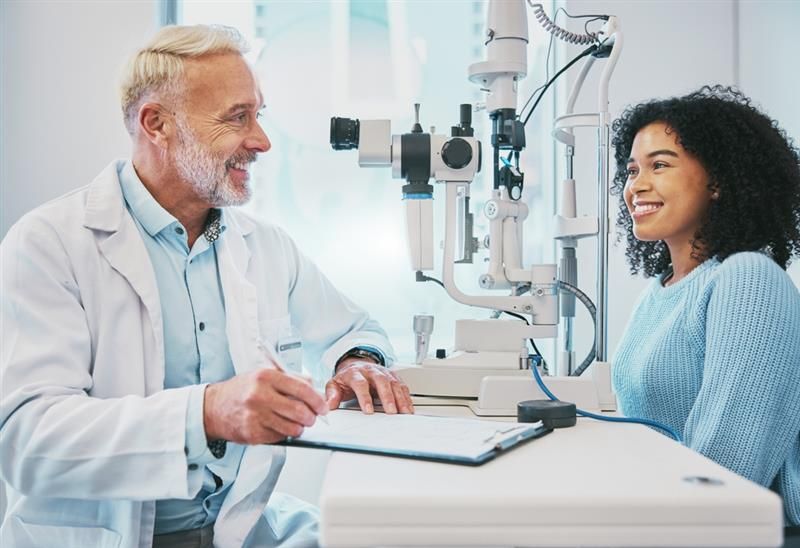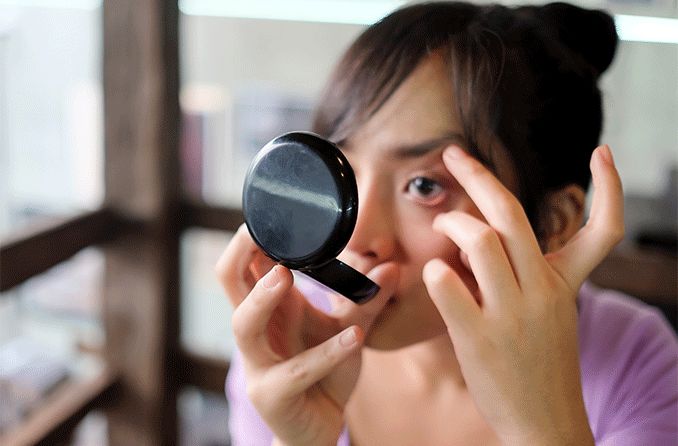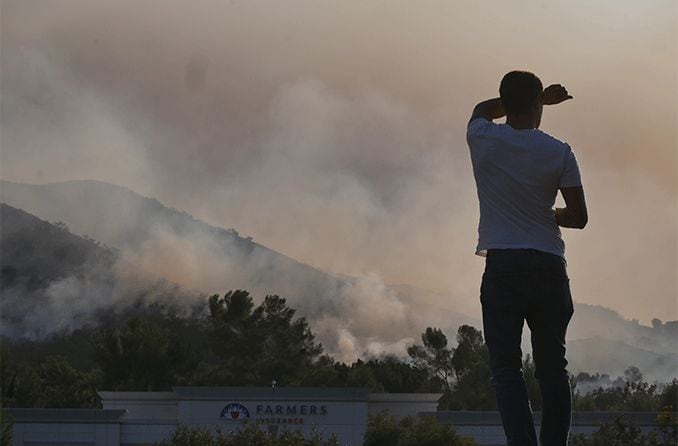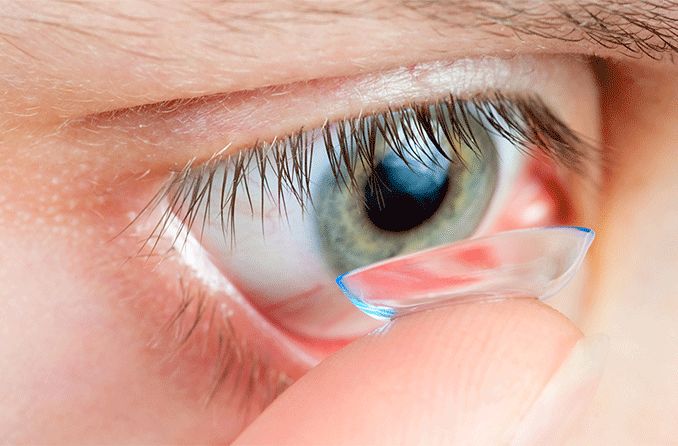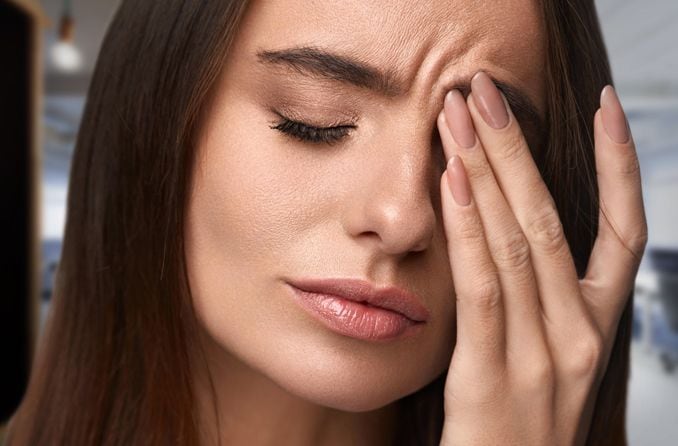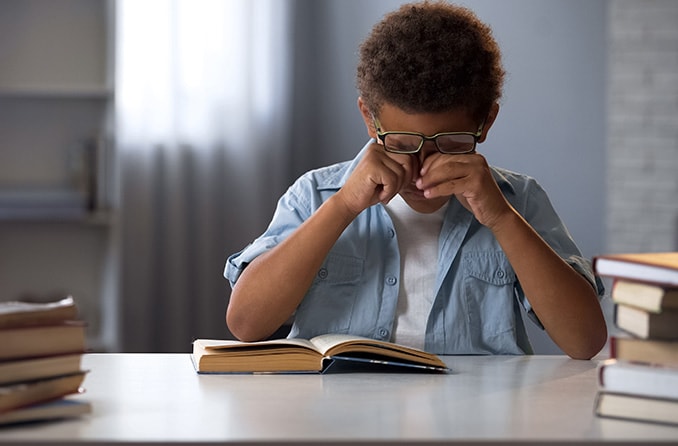Depending on your profession, you may be required by OSHA (the Occupational Safety and Health Administration) to wear protective goggles on the job. However, lack of required eye and face protection is one of the top 10 OSHA violations noted in reports.
People avoid wearing protective glasses for several different reasons. But statistics prove that eye injuries are common while working. In 2020, over 23,000 eye-related occupational injuries were reported.
Approximately 90% of eye-related incidents are avoidable. Wearing safety glasses and observing other eye safety habits can keep your eyes safe.
Causes of eye injuries
Eye injuries can occur, even when you least expect them. Some important things to remember about eye injuries include:
- 125,000 eye injuries each year are caused by common household products.
- Approximately 2,000 U.S. workers injure their eyes at work each day.
- Up to 20% of work-related eye injuries cause temporary or permanent vision loss.
- Every 13 minutes, an emergency room treats a sports-related eye injury.
- Approximately 43% of sports-related eye injuries happen in children aged 14 and under.
The most common causes of eye injuries at work include:

- Flying objects (bits of metal, glass, plastic)
- Air-blown and wind-blown particles (dust, wood, sand)
- Tools (screwdrivers, wrenches)
- Chemicals (gasoline, oil, solvents, acids)
- Harmful radiation (welding arcs, ultraviolet radiation)
At home, household cleaners and chemicals are common causes of eye injuries. Other causes include:
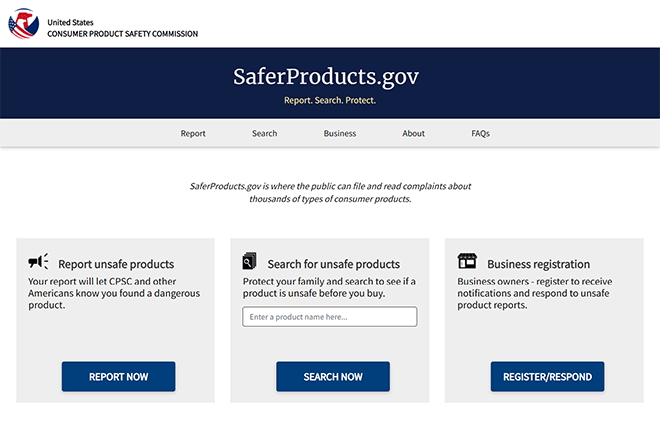
- Eyelash curlers
- Mascara brushes and other cosmetic applicators
- Fingernails (such as when applying and removing contact lenses)
- Lawn, garden and hand tools (mowers, etc.)
- Air-blown and wind-blown particles
- Bungee cords
- Falls, bumping into walls, etc.
- Champagne corks
- Toys and games with hard or sharp edges
Whether it’s a piece of sports equipment, outdoor elements, or another player's body, eyes face a number of threats during sporting events. The different types of eye injuries include:
- Blunt injury – Sudden impact that compressed the eye. Can be caused by a racquet, elbow, fist, ball, puck, or similar item
- Corneal abrasion – Scrape on the outermost layer of the eye’s surface (cornea). An accidental finger in the eye can cause a corneal abrasion.
- Penetrating injury – Foreign objects pierce the eye, causing serious damage. Can happen as a result of eyeglasses breaking while being worn. Requires immediate medical attention.
- Radiation injury – Exposure to the sun’s UV radiation can damage the eye. Typically seen in snow and water sports.
In most cases, simple precautions can help you prevent eye injuries at work, home and play.
Avoid distractions when doing anything that could potentially harm your eyes. Resist the temptation to "multi-task" when working with tools or other objects near your eyes.
And always wear safety glasses, protective goggles or other sports eyewear for greater eye safety when the situation calls for it.
What to do for an eye injury
If you suffer any eye injury, contact an eye doctor immediately for advice.
Most eye doctors have emergency contact numbers for injuries that occur after normal business hours or on weekends.
Depending on the situation, your eye doctor may want you to flush your eye with water or sterile saline solution prior to your office visit. Or he or she may recommend you immediately go to the hospital emergency room.
If you wear contact lenses, tell the doctor and ask if you should remove them or leave them in.
If you work with chemicals, your workplace should have a sink area where you can flush your eyes with water if chemicals or other substances get in your eyes. Flush your eyes for several minutes to dilute and rinse out any potentially harmful substances.
When in doubt, treat all eye injuries as potential emergencies, and contact an eye doctor immediately.
Remember, you have only one pair of eyes. Take good care of them!
Features to look for in safety glasses
To protect your eyes from harm, always wear safety glasses when involved in potentially risky activities, including sports.
Choose eyewear with safety-rated, impact-resistant polycarbonate lenses. Also, make sure the frame is safety-rated as well.
If you're doing work outdoors or are frequently in and out of the sun, consider safety-rated photochromic lenses. These lenses are clear indoors and automatically darken in sunlight and are available in polycarbonate.
Eye Safety News
Fireworks — even sparklers — are dangerous to your eyes (and other body parts)
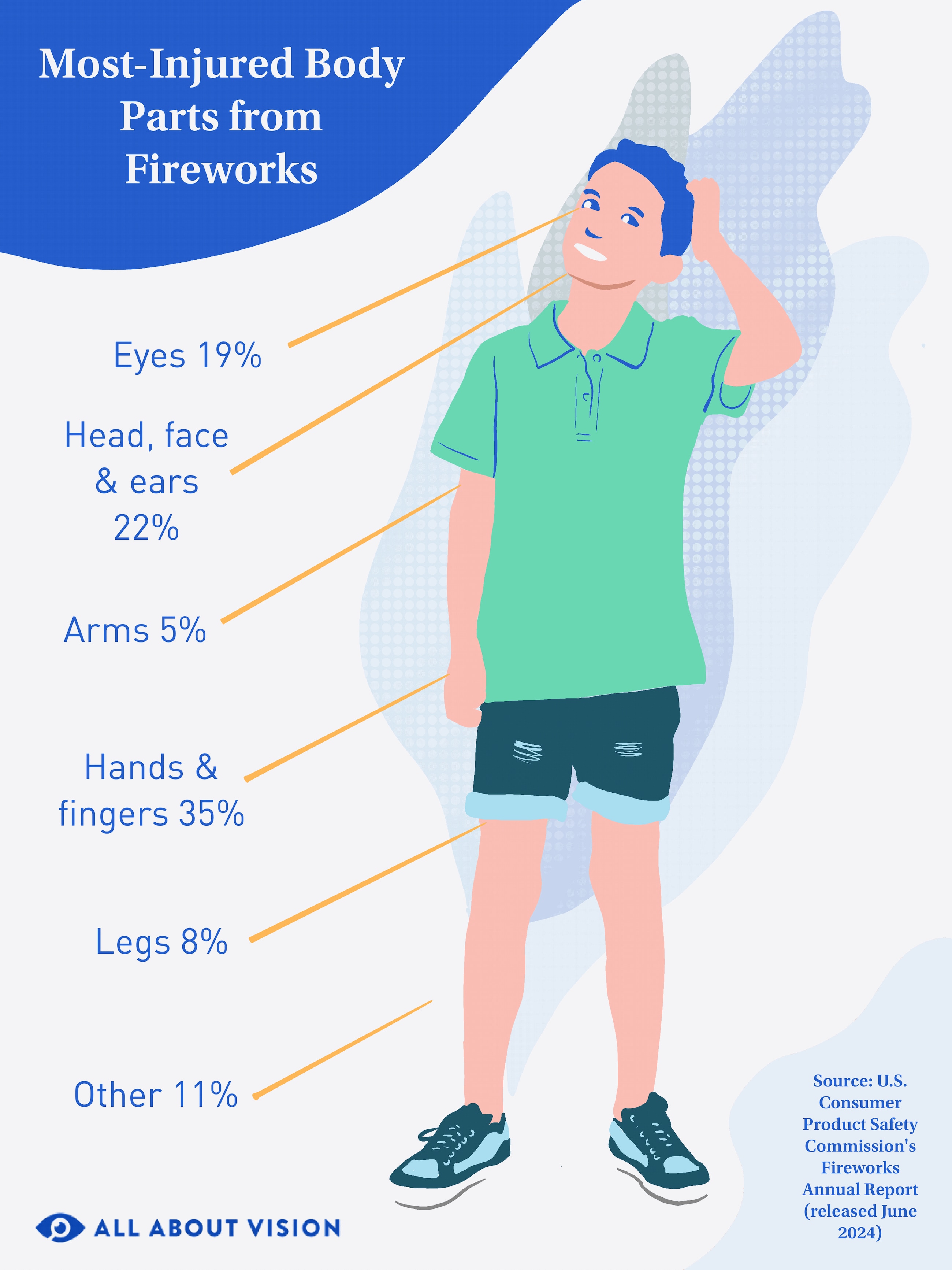
June 2021 — Fireworks are a common accessory to many celebrations, especially around the Fourth of July holiday.
Unfortunately, even fireworks as simple as sparklers can lead to serious injury. Approximately 900 injuries were reportedly caused by sparklers in 2020. The body parts injured most by fireworks accidents are the eyes, head, face, ears and hands.
The latest Fireworks Annual Report released by the U.S. Consumer Product Safety Commission (CPSC) showed fireworks were responsible for an estimated 15,600 injuries treated in U.S. hospital emergency departments during calendar 2020. There were also 18 reported deaths caused by fireworks.
This is a significant increase from 2019, where only around 10,000 injuries and 12 deaths were recorded.
Nearly half of these injuries occurred among individuals younger than 25 years of age. The highest rate of fireworks-related injuries in 2020 occurred among young adults ages 25 to 44 years. Teens and young adults (ages 15 to 24) had the second-highest rate.
66% of fireworks-related injuries in the United States occur in early summertime. Specifically around Independence Day (July 4th) holiday.
21% of fireworks-related injuries in 2020 were bad enough for patients to be admitted to the hospital, or transferred to another one.
When observing this Independence Day, be sure to celebrate responsibly. Visit CPSC.gov/fireworks for safety tips to keep you and your family safe.
READ NEXT: Wildfire smoke and your eyes
